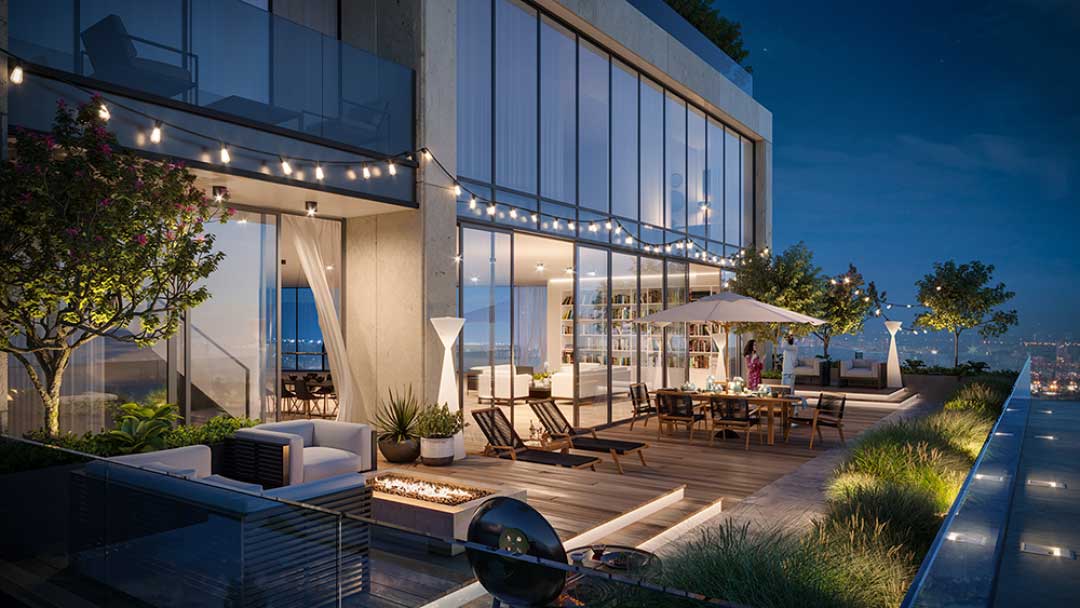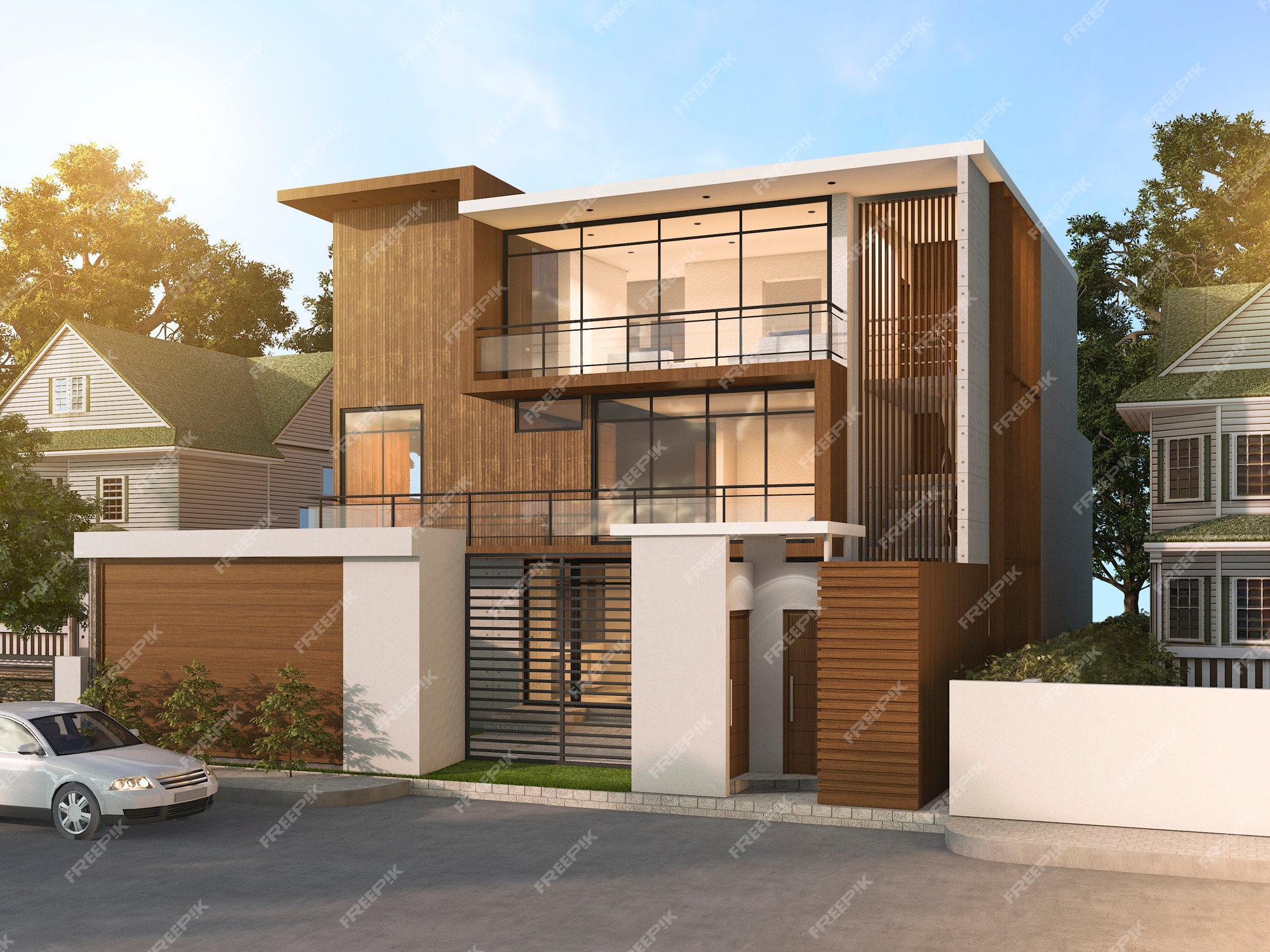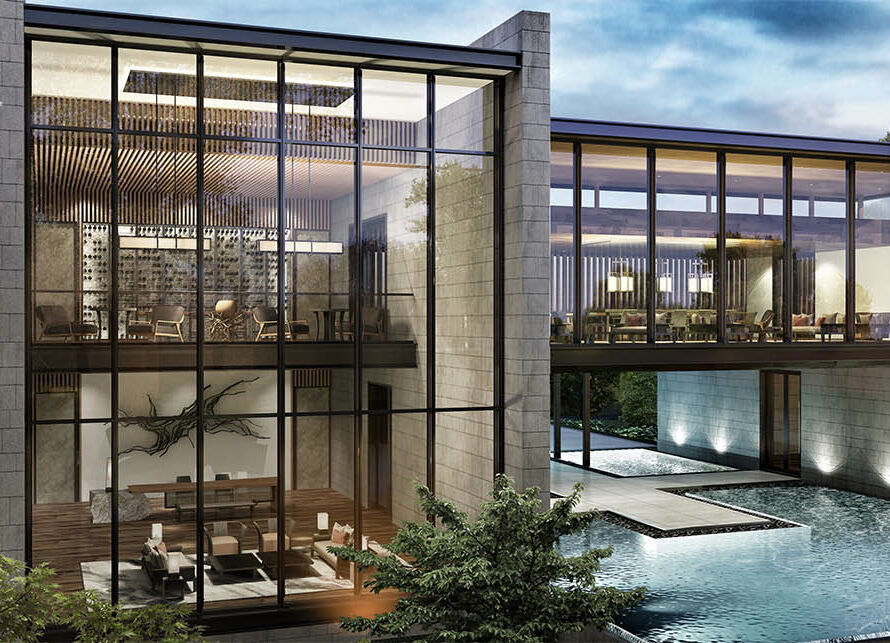Introduction
Photo rendering introduces a new rendering technology that promises to save your time and improve the quality of your renders. In this review, we take a closer look at how this technology works and whether or not it is worth your investment.
Photo Rendering Basics
Photo rendering is a process used to create high-quality images from digital photographs. It can be used to create realistic images of people or objects, and is an essential part of creating graphics for web pages and other applications.
There are several different photo rendering engines available, which can produce a wide range of results. In this article, we will look at the basic concepts behind photo rendering and explore some of the most popular engines. We will also provide a few tips on how to achieve the best results from each engine.

In order to render an image, you first need to convert your digital photograph into a set of instructions called mesh data. This mesh data contains all the information necessary to recreate the image in 3D space. The various photo rendering engines work with different types of mesh data, so it is important that you select the right one for your project.
Once the mesh data has been created, the photo rendering engine begins to work its magic. Depending on the engine, this may involve adding noise and details to the image, or recreating light and shadow effects. Once everything has been processed, you will have a high-quality image ready for use in your project.
How to Choose the Right Photo Rendering Software?
Finding the right photo rendering software is important to get the most out of your photos. Here are some tips to help you choose the best:
- Do Your Homework
Before you start looking for a photo rendering software, it’s important to do your research. Consider what type of photos you want to print or view online. If you’re just starting out, try some free photo rendering software options before investing in a more expensive option.
- Look at Price Point and Functionality
When it comes to price point and functionality, there are many affordable photo rendering options that offer great results. However, if you want a more specialized tool, be prepared to spend more money. The more powerful the tool, the more complex it may be to use and the more likely there will be additional fees associated with using it.
- Examining Rendering Options
Once you have decided on the type of photos you would like to render, take a look at the different rendering options available. Some features are specific to certain types of images while others are generic and can be used with any type of image. It’s important to decide which features are most important to you before making a purchase. Additionally, make sure all rendering options offered by the various software packages meet your needs before making a purchase decision.

- Considering Licensing Models
When considering photo rendering software, be sure to consider licensing models as they can affect pricing and functionality both positively and negatively. For example, some software packages offer a free trial period before requiring a purchase while others require a one-time fee or subscription. It’s important to understand the licensing model before making a purchase.
How to Render Photos?
Photo rendering can be used to create high-quality images from digital photos. In this article, we will introduce PhotoRender, a popular photo rendering software. We will also discuss the benefits of using this software and how to render photos using it.
PhotoRender is a versatile photo rendering software that can be used to create high-quality images from digital photos. It has a user-friendly interface and offers many features such as advanced image corrections, image enhancements, and 3D printing support.
PhotoRender offers several benefits when rendering photos. These include the ability to achieve accurate colors and tones, improved clarity and definition, and 3D printing support. Additionally, PhotoRender offers a wide range of optional features that allow users to customize the output of their photos.

How to Share Your Photo Renderings?
Photo rendering is a creative process that helps artists and designers create realistic images and video sequences from scratch. It’s often used to create concept art, promotional materials, or even movie scenes.
If you’re new to photo rendering, there are a few things you need to know before getting started. First, you’ll need a software program called an image editor. This can be anything from Adobe Photoshop to GIMP. Once you’ve got your image editor set up, you’ll need a photo rendering program. There are many options available, but the most popular ones are Bryce 3D and Blender.
Once you’ve got your program set up and your photos imported, it’s time to start working. The first step is to create your scene by importing objects and textures. Next, it’s time to start creating surfaces and lights. Finally, it’s time to add the finishing touches by exporting your scene as a file.
There are a few things to keep in mind when sharing your renderings. First, make sure your files are high resolution and compression-free. Second, be sure to include any credits you may need. Finally, it’s always a good idea to share your renderings on social media and other online platforms.

Conclusion
Renderings are a great way to showcase your work in an innovative and eye-catching format. They can give your potential clients or customers an idea of what you are able to do, without them having to visit your website or even see any of the final product. Renderings can take a lot of different forms and can be done in a variety of software programs, so whether you are new to photo rendering or have been using it for years, there is likely a program out there that will suit your needs.





